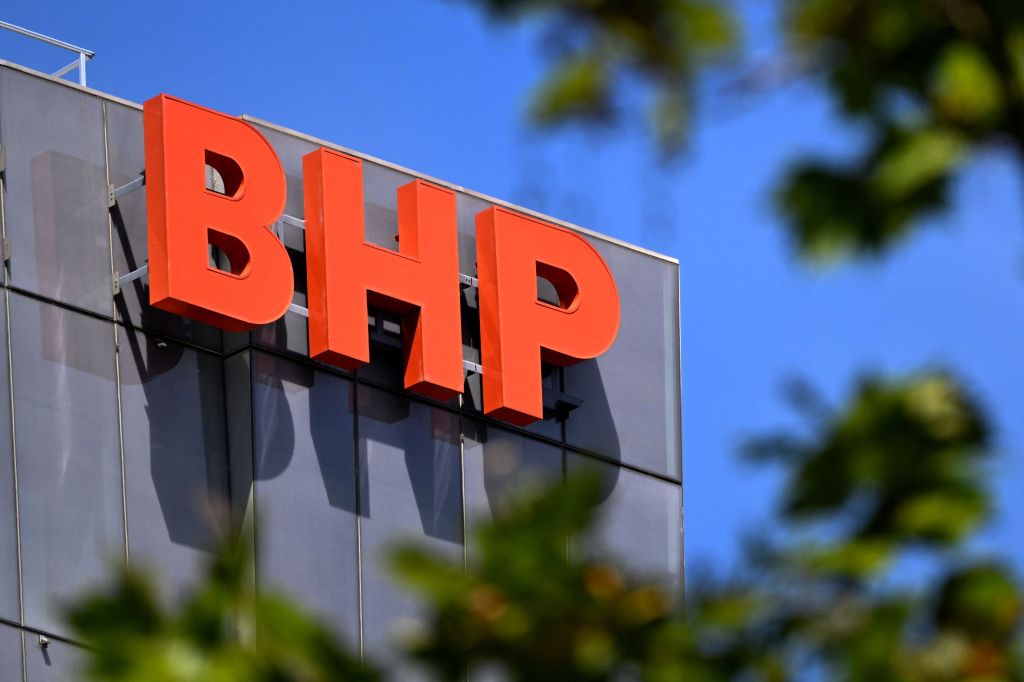Winners and losers were there, but what should you be planning for your portfolio after reading the outlooks?

The latest earnings season in Australia has demonstrated resilience of company performance in the face of fears about inflation, rate rises and recession.
Reece Birtles, Chief Investment Officer at Martin Currie, part of Franklin Templeton, says some clear trends emerged.
“The dominant themes influencing company beats and misses have been pricing power, cost pressures, leverage to interest rates, Covid reopening and resilient but softening consumer and business demand. Broad market earnings growth expectations have been trimmed to zero for the year ahead emphasising the importance of focusing on resilience of earnings in a slowing economy and wide valuation dispersions across stocks,” says Birtles.
“There has been an overwhelming number of sales / revenue results in line with consensus expectations with an even balance of earnings / dividend surprises and disappointments.”
He says the key theme of results overall is the lack of volatility across the board, despite how it may feel, adding, “We have been looking for material evidence of the interest rate induced recession; however, the numbers simply don’t show that yet, notwithstanding management commentary pointing to some clouds on the horizon.
“The top issues cited by companies, in both results and guidance outlooks, are pricing strength and consumer / business demand. Management change and the benefits of post-COVID reopening have been frequently cited as positives while cost pressures, the impact of increasing interest rates and ongoing labour shortages are consistent negatives.
“There has been surprisingly little mention of supply-chain pressures and the energy crisis although there have been pockets of concern over the potential impact of government intervention.
“The cracks are more evident when looking across sectors with weaker first halves especially visible in Energy and Utilities feeding through to decreased market confidence in the second half outlook for earnings in these sectors. Lower quality stocks have also borne the brunt of negative earnings revisions, although an increasing number of mid-strength quality companies have generated negative EPS outlooks indicating a tougher profit cycle for some on the horizon.
“From a total market perspective, consensus EPS over the next twelve months is expected to hold steady, reflecting robust sales and revenue expectations but offset by increasing cost pressures. This points to an environment where stock selection will continue to dictate the total return outcome for portfolios more so than has been the case over the last decade,” says Birtles.
HALO Technologies Head of Global Equity Research Clay Carter says a few standout companies reported strong results, including Woolworths (ASX:WOW), which increased margins despite recording inflation of 7.7% on product prices. Bapcor (ASX: BAP) managed to keep margins inline, while Inghams (ASX:ING) was able to largely offset higher costs via price. HALO Global is a global equities and investment platform.
“Food to vehicle spare sparts are just some examples where management teams have effectively offset higher costs because consumers view their products or service as necessities and will sacrifice other expenditure as interest rate related costs and higher prices exceed any growth in wages,” says Carter.
Look back on the week that was with hand-picked articles from Australia and around the world. Sign up to the Forbes Australia newsletter here.
Covid19 is still distorting the comparability of half-year revenues and earnings while companies are largely reporting their first half of normalised conditions, he says.
“Looking back over data, particularly within the retail sector is largely a distraction, providing investors a level of uncertainty and an element of trust from management teams that the path forward will now be more stable and reflective of the most recent half.”
‘Underwhelming’ results season
Grady Wulff, Market Analyst at Bell Direct, describes the February 2023 earnings reporting season as “underwhelming, with key themes centred around profit impacts, outlook provision, cost control, CAPEX guidance and dividend declaration.
Wullf says retail stocks took a huge hit early in the reporting period with the likes of Temple & Webster (ASX:TPW) being punished for increasing its inventory to $25.7m, which she says, “is an unhealthy level for a drop-shipping model company”.
But it wasn’t all bad news in the retail space from an investor perspective as value retailer Best & Less (ASX:BST) soared over 10% on the day of releasing first half results. For the half, BST reported revenue rose 13% to $324.8m. Investors were most impressed about BST releasing quantitative outlook for the remainder of 2023 including H2 FY23 NPAT guidance reiterated to expect $18m-$20m.
Diving into the mining sector, BHP Group (ASX:BHP) and Rio Tinto (ASX:RIO) each blamed rising costs, China’s Covid-19 stance and a fall in received iron ore prices for the softer results in the first half, with both mining giants trimming their respective interim dividends. Santos (ASX:STO) bucked the dividend-trimming trend, instead rewarding investors with a 78% increase in the company’s final dividend.
Wulff says lithium is still the ‘it’ word of 2023 as shown by the incredible results released out of Pilbara Minerals (ASX:PLS) late in reporting season. The pure-play lithium company reported impressive first half results including sales revenue up 959% to $2.18bn, EBITDA up 1091% to $1.81bn, statutory NPAT up 989% to $1.24bn, and the declaration of an inaugural fully franked dividend of 11 cents per share.
She says, “unsurprisingly, the Flying Kangaroo has delivered on its expectation to turn a profit for the first half of FY23, by announcing a record half-year profit of $1.43bn, attributed to the dramatic turnaround in travel demand.” Qantas’ (ASX:QAN) fell out of favour with investors though after raising its CAPEX guidance range and providing no quantitative guidance for the remainder of FY23.
This article should not be regarded as the provision of advice of any nature from Forbes Australia nor the people quoted in it. The article is intended to provide general information only and does not take into account your individual objectives, financial situation or needs. Past performance is not necessarily indicative of future performance. You should seek independent financial and tax advice before making any decision based on this information, the views or information expressed in this article.


